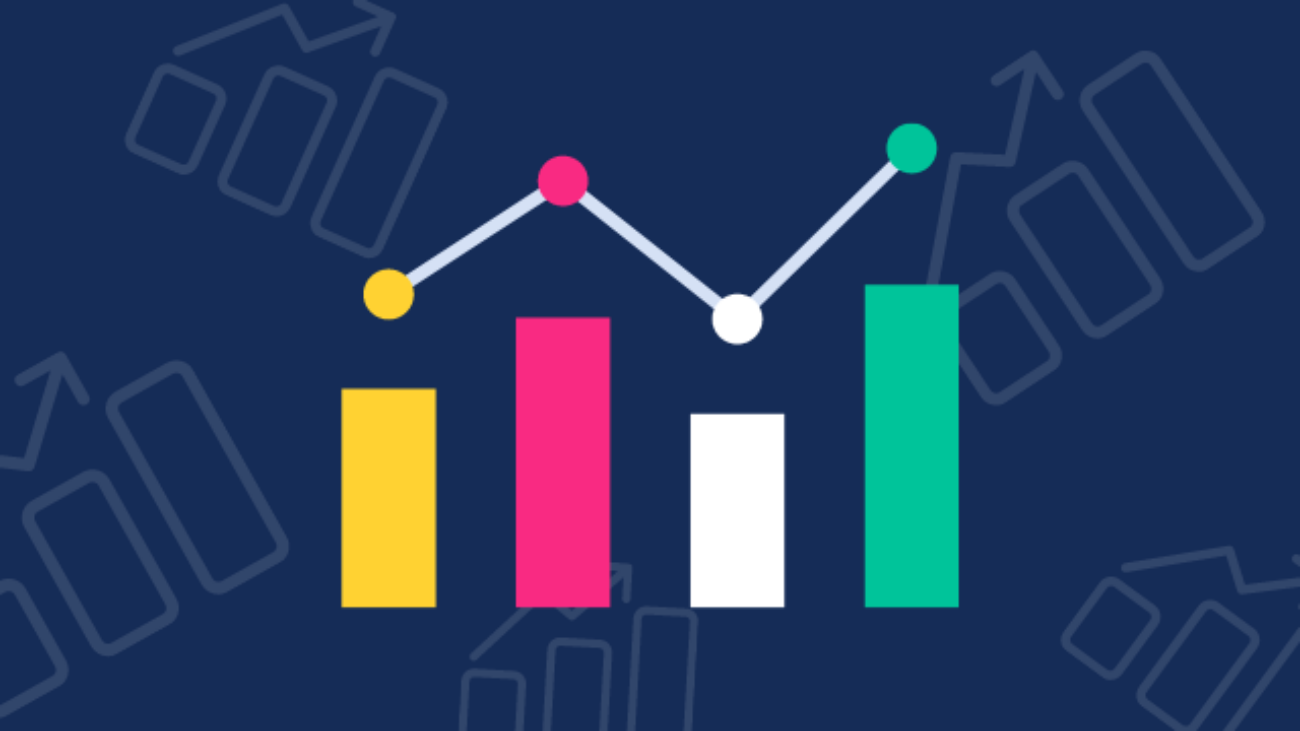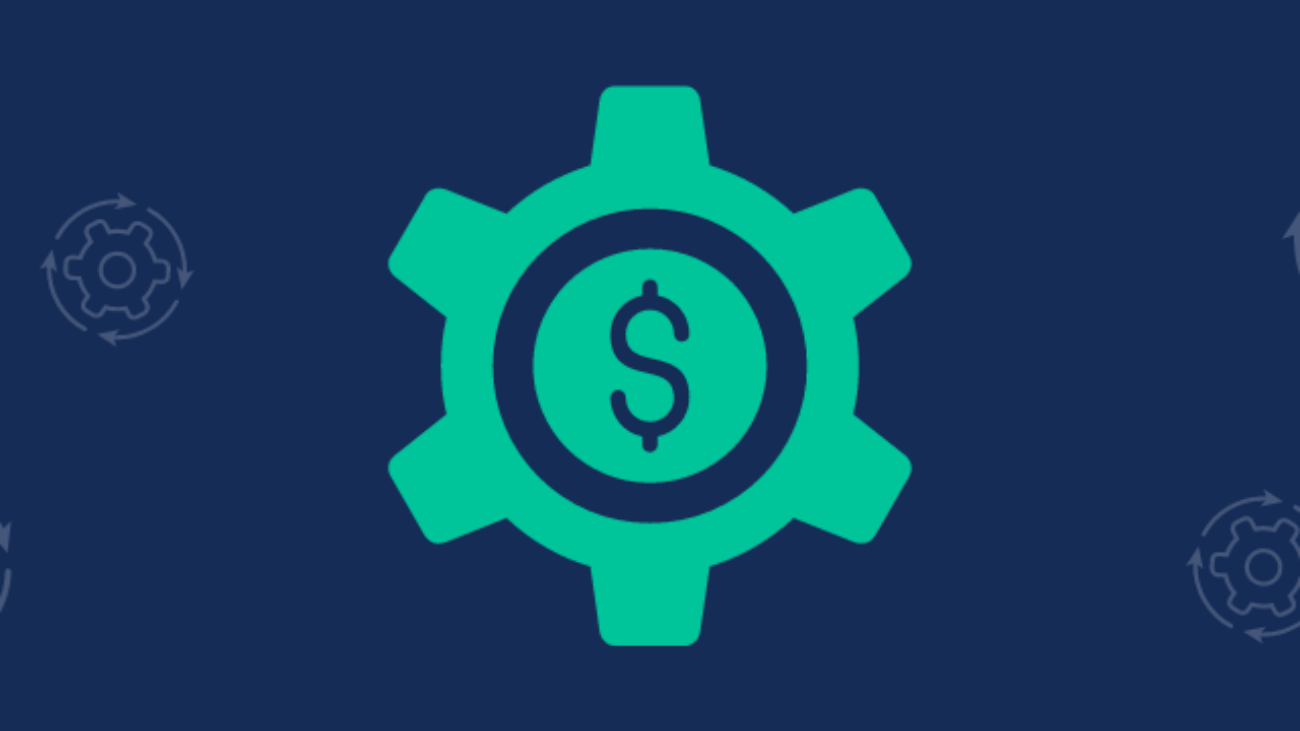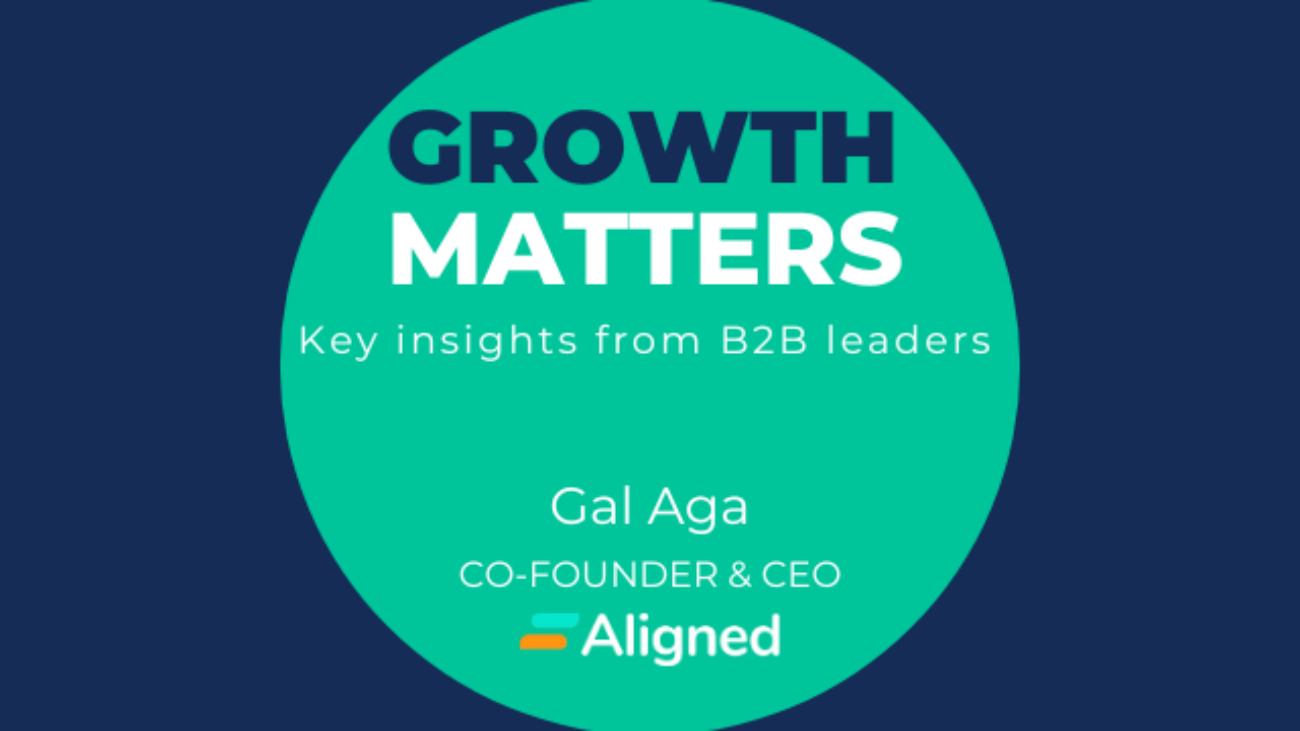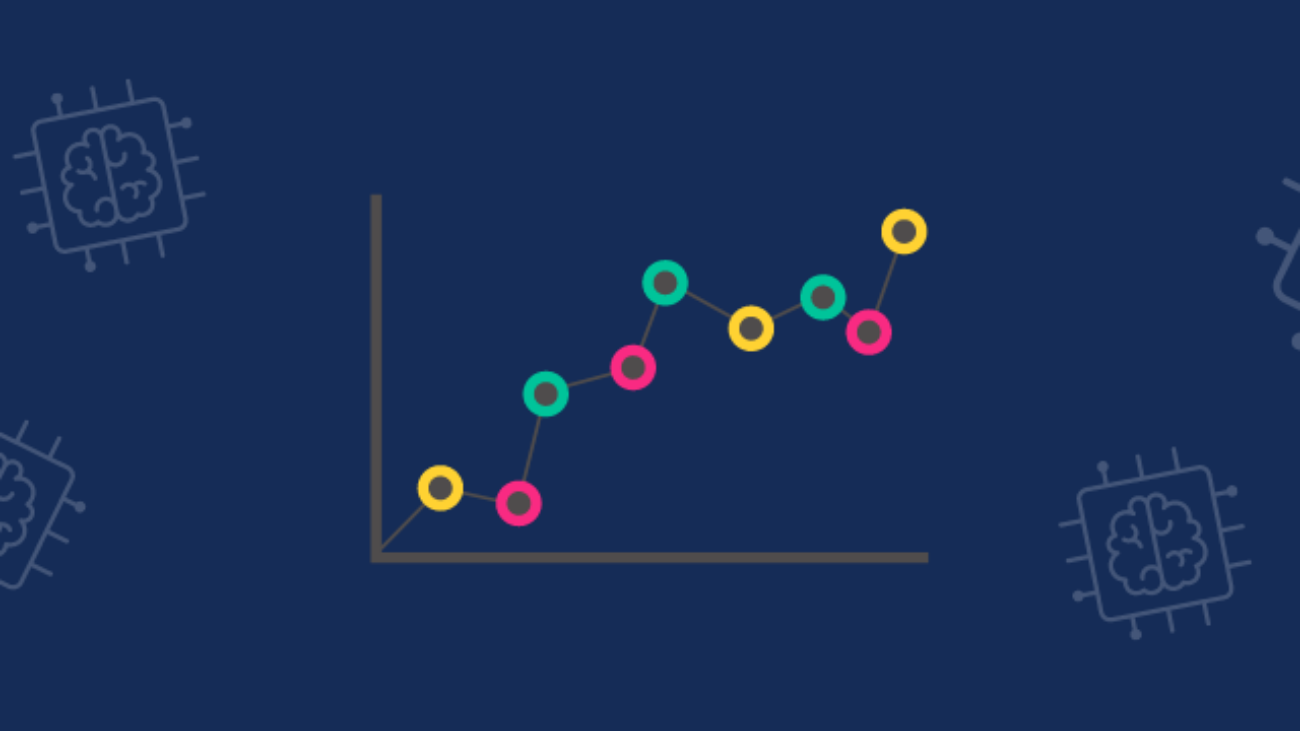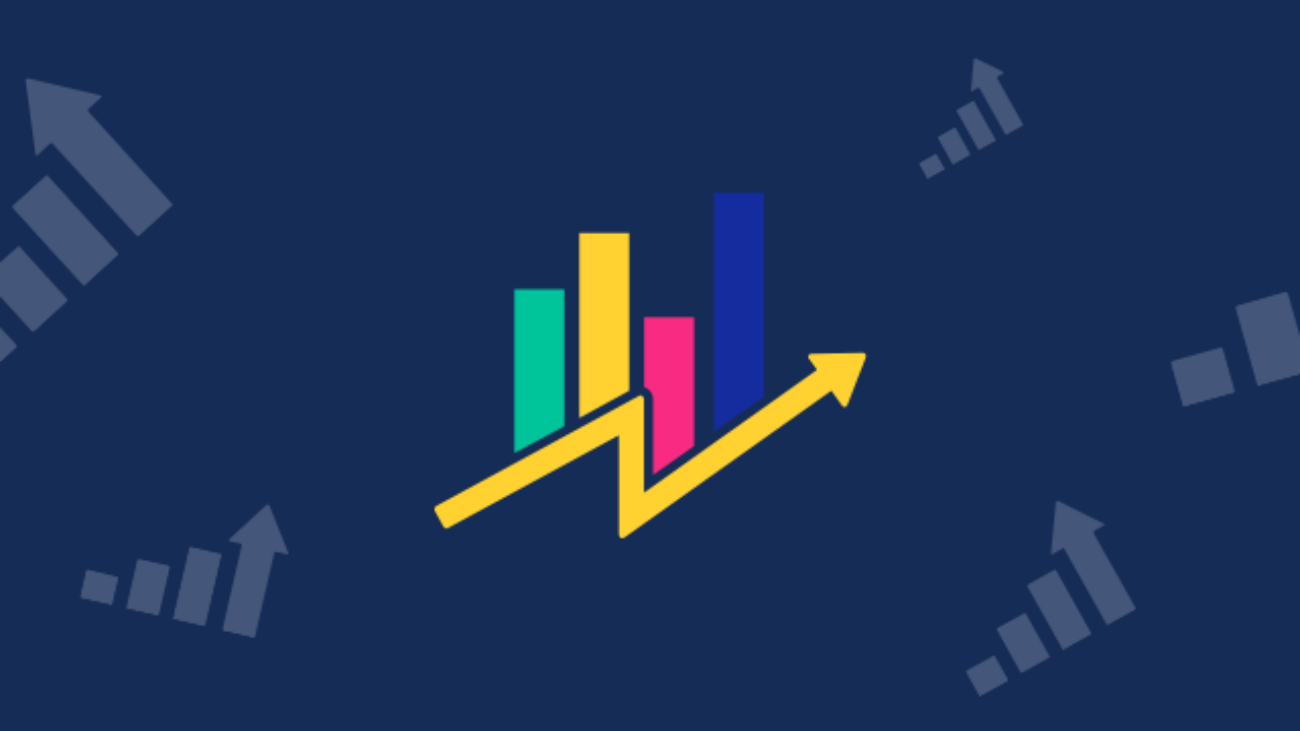Caroly Fiona once said, “The goal is to turn data into information, and information into insight.” To complement this adage, these insights can be translated into your revenue. As per a recent publication by McKinsey, the implementation of data analytics is poised to offer numerous benefits. This innovative approach involves utilizing computer systems and processes to perform analytical tasks with minimal human intervention, improving quality, safety, speed, and output while reducing errors.
Data analytics is paramount for B2B sales organizations as it furnishes valuable insights into the efficacy of various sales channels. The process of data analytics involves leveraging unstructured data to extract valuable insights that can inform business decisions and drive strategic outcomes. Algorithms are used for analysis and tailored to meet specific objectives, allowing sales teams to leverage historical performance data to pinpoint lucrative strategies and effectively target high-value customers.
Sigma Computing reports that although many businesses recognize the value of big data, over 63% of employees are concerned that they cannot get insights from their solutions in a timely manner. For many businesses, the greatest challenge is likely to obtain data insights before they become obsolete. In this vein, Forrester emphasizes that up to 73% of all data is never deployed for analytical purposes.
Exploring the Core Data Types
B2B enterprises are gaining access to an expanding data pool. Certain data sets can prove to be highly valuable in providing crucial insights into your enterprise. Alternative forms of data may not hold the same level of significance. In the realm of B2B enterprises, key categories of data contain significant value for generating data-driven insights: customer data and sales data.
- Customer Data – Fundamental customer data includes details such as the organization’s name, physical address, geographical location, and scale, among others. Although rudimentary, this information can still be highly valuable, particularly when integrated with sales data. Customer engagement and behavior can provide valuable insights into how your customers engage with your brand and navigate your website or online store.
- Sales Data – Sales data refers to the numerical information that tracks the performance of a company’s sales activities. This data is typically used to analyze trends, identify growth opportunities, and make informed business decisions. Sales data provides valuable insights into customer behavior, including purchasing patterns and timelines. In the context of business-to-business (B2B) sales, the sales data can provide valuable insights into the performance of your sales agents and other sales personnel.
Effective Market Segmentation
Without a doubt, the strategic development of market segmentation is a crucial determinant of the success of novel products or services, as it enables the effective targeting of products to diverse market segments. Data analytics-driven customer segmentation can aid businesses in crafting highly personalized and efficient marketing campaigns that directly cater to their customers’ unique needs and concerns. By leveraging real-world data insights, your enterprise can enhance its revenue generation capabilities across diverse segments by delivering innovative products and services.
Leveraging big data analytics to gain insights into consumer behaviour directly impacts an organization’s revenue. Organizations that leverage such data possess a competitive edge over their rivals as they can furnish appropriate offerings that cater to their clientele’s specific needs and preferences.
As per the study conducted by McKinsey Global Institute, organizations that rely on data-driven approaches are more likely to obtain customer acquisition, retention, and profitability. Specifically, such organizations are 23 times more likely to acquire customers, six times more likely to retain customers, and 19 times more likely to achieve profitability.
At a fundamental level, this enables employees to redirect their focus towards higher priority responsibilities. Implementing automation technology enables enterprises to effectively manage large volumes of data, encompassing critical aspects such as data acquisition, refinement, duplication, and repository upkeep.
Predictive Analytics & Forecasting
Resource allocation, trend forecasting, and action identification are integral components of effective management. The processes of forecasting and budgeting are integral components of routine business operations that demand a substantial amount of time and effort. The process of forecasting entails the estimation of future trends by analyzing past data. Predictive analytics represents a distinct approach to data analysis.
Furthermore, integrating various inputs in predictive analysis and forecasting enables the prediction of future trends with greater detail and nuance than conventional historical forecasting techniques. Predictive analysis offers valuable insights that would allow managers to enhance their agility and adaptability to dynamic market conditions, thereby reducing inefficiencies and maximizing revenue optimization.
Descriptive & Diagnostic Analytics
Any enterprise must comprehensively assess its operational efficacy to discern its strengths and areas of improvement for future growth. Descriptive analytics is a fundamental data analysis technique involving the systematic collation, organization, and presentation of various historical data types. By leveraging advanced techniques such as data aggregation and mining, descriptive analytics can effectively uncover patterns and trends within historical data. The resultant data sets can be effectively showcased through Business Intelligence (BI) incomprehensible visual aids such as graphs, diagrams, and charts.
After the initial evaluation, the diagnostic analysis represents the subsequent rational progression in this course of action. Descriptive analysis addresses the question of “what occurred?” while diagnostic analysis explains “why did this event occur?”. Various methodologies, including drill-down, data discovery, data mining, and correlations, are employed to extract the interrelationships among diverse datasets. The process of diagnostic analysis not only involves the identification of trends, but also strives to unveil the interrelationships among various parameters.
Bottom Line
B2B businesses can acquire a deeper understanding of their consumers and the sales funnel as a whole by evaluating data from channels as diverse as customer relationship management (CRM), web analytics, and marketing automation. With this knowledge, B2B organizations can better tailor their sales strategy and customer service to boost conversion rates and revenue. Businesses may better deploy their time, money, and other resources by identifying the most successful marketing efforts.
B2B enterprises may monitor their sales activity and see patterns in their income streams using analytics. This may help them generate data-driven choices and change tactics, including expanding into new areas or adjusting prices. Maintaining momentum and making necessary adjustments with the advent of data analytics may empower B2B teams to accomplish their revenue goals.
